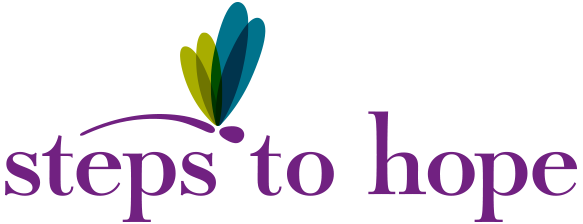
STEP 8
Choose the Best Marketing Platforms to Share Your Message
Nonprofits tend to dive into leveraging several platforms headfirst — let’s post on Instagram, let’s start tweeting!
However, each marketing platform has different strengths and if you choose a blanket approach for every platform, your message may end up falling flat.
Instead, if you want to maximize your impact, it’s important to tailor your message based on each platform’s strengths. You need to determine which platforms your supporters prefer, then select a few to focus on. The only way you’ll curate a strong following is by not spreading yourself thin and not leveraging every single platform out there.
Let’s take a look at several different platforms you might use.
1) Social Media
It’s no secret that social media is an important part of any nonprofit’s digital marketing strategies. With new platforms being created, it’s important to understand which ones you’ll actually want to create accounts for.
As you get started, here are four of the most popular ones that you’ll want to consider:
Facebook: Thanks to its widespread popularity among Boomers and Millennials, Facebook is great for showcasing impact, expanding reach and engaging in debate or conversation among different supporters. This is the ideal place for long-form content, livestreams and relationship building.
Twitter: Particularly popular among younger generations, Twitter is useful for sharing news around an issue, engaging in two-way conversations and tagging specific people in your updates.
Instagram: With a heavy focus on images and videos, Instagram is the ideal platform for sharing your visual content. It’s most popular among Gen Z and Millennials and its Story feature makes it easy to conduct polls and generate high organic engagement.
TikTok: Geared toward teenagers, TikTok is ideal for connecting with your younger audience. In fact, 41% of TikTok users are between the ages of 16 and 24. Create videos that tell inspirational stories, address pressing issues that require a community to rally behind and hop in on trends and challenges for the best results.
Depending on your cause and audience, you have plenty of options when it comes to social media. Be selective when picking the nonprofit marketing platforms that you’ll use to post about your work and push your cause forward.
2) Email
Email has the highest ROI of any nonprofit marketing channel and 33% of donors say that email is the platform that most inspires them to give. In other words, email is a crucial marketing tool for your nonprofit.
Email is an intimate platform to speak with those who know you and trust you on a personal level. That’s why it’s ideal for:
Big asks like major donations (e.g., “Would you donate $300?”)
Specific asks such as event invitations (e.g., “Come to our event on Tuesday.”)
Personalized updates on your cause (e.g., “Here’s the latest update on the project you donated to.”)
Many nonprofits opt to send a regular newsletter, giving everyone on your email list a way to stay connected with your cause. They’re a fantastic way to share regular, quick updates on your mission and direct users to your website to learn more about all your great work.
3) Website
Your website is your most important piece of digital marketing collateral, because it serves as the hub of all information related to your organization online.
It’s where many people will come across your cause for the first time, meaning it’s responsible for making a positive first impression on prospects. It’s also where people will go to find out more about your campaigns, donate to your cause and dig around to discover your organization’s mission and vision.
As such, building a well-designed website is a non-negotiable part of any modern nonprofit’s marketing strategy. However, it takes a bit more effort than you might initially think. Here are some key points to consider when creating your website’s layout:
Create a blog. Maintaining a regular blog on your nonprofit’s website is a worthwhile investment. Blogs drive more traffic to your website, provide shareable content, build community interest in your mission and position your organization as a thought leader. From short updates to long-form articles and video content to photo galleries, a blog is a wonderful place to showcase impact and share your message.
Use compelling graphics. Your nonprofit’s visual content is just as vital as its written content. Your website’s graphics are what will catch prospects’ eyes and reel them into your cause. From images of those you serve to artistic designs, make sure to include images that convey your cause and drive users to explore your site.
Make sure it’s mobile-friendly. In today’s mobile-first world, many of your prospects will want to interact with your organization using their smartphones. Make sure they can by ensuring that your site is mobile-friendly. That means compressing images to quicken load time, making sure your CMS offers responsive design and minimizing the number of pop-ups you use.
As one of your main marketing platforms, a website is a crucial consideration for your marketing team. So spend time creating a website that users want to visit and explore.
4) Other
I’m certain you have other avenues of marketing related to print, etc. You would surely add them to this plan as additional tactics.
One Final Word About Nonprofit Marketing Plans…
The nonprofits that take the time to create a strategic, thoughtful and purposeful nonprofit marketing plan see the biggest impact when growing their organizations. Plus, there’s the added bonus of having a clear schedule upfront rather than posting online and emailing supporters sporadically.










